Inside DeepSeek API: Advanced Search for Crypto Intelligence

DeepSeek API has emerged as a specialized toolkit for developers and researchers who need granular, semantically rich access to crypto-related documents, on-chain data, and developer content. This article breaks down how the DeepSeek API works, common integration patterns, practical research workflows, and how AI-driven platforms can complement its capabilities without making investment recommendations.
What the DeepSeek API Does
The DeepSeek API is designed to index and retrieve contextual information across heterogeneous sources: whitepapers, GitHub repos, forum threads, on-chain events, and more. Unlike keyword-only search, DeepSeek focuses on semantic matching—returning results that align with the intent of a query rather than only literal token matches.
Key capabilities typically include:
- Semantic embeddings for natural language search.
- Document chunking and contextual retrieval for long-form content.
- Metadata filtering (chain, contract address, author, date).
- Streamed or batched query interfaces for different throughput needs.
Typical Architecture & Integration Patterns
Integrating the DeepSeek API into a product follows common design patterns depending on latency and scale requirements:
- Server-side retrieval layer: Your backend calls DeepSeek to fetch semantically ranked documents, then performs post-processing and enrichment before returning results to clients.
- Edge-caching and rate management: Cache popular queries and embeddings to reduce costs and improve responsiveness. Use exponential backoff and quota awareness for production stability.
- AI agent workflows: Use the API to retrieve context windows for LLM prompts—DeepSeek's chunked documents can help keep prompts relevant without exceeding token budgets.
When building integrations, consider privacy, data retention, and whether you need to host a private index versus relying on a hosted DeepSeek endpoint.
Research Workflows & Practical Tips
Researchers using the DeepSeek API can follow a repeatable workflow to ensure comprehensive coverage and defensible results:
- Define intent and query templates: Create structured queries that capture entity names, contract addresses, or conceptual prompts (e.g., “protocol upgrade risks” + contract).
- Layer filters: Use metadata to constrain results to a chain, date range, or document type to reduce noise.
- Iterative narrowing: Start with wide semantic searches, then narrow with follow-up queries using top results as new seeds.
- Evaluate relevance: Score results using both DeepSeek’s ranking and custom heuristics (recency, authoritativeness, on-chain evidence).
- Document provenance: Capture source URLs, timestamps, and checksums for reproducibility.
For reproducible experiments, version your query templates and save query-result sets alongside analysis notes.
Limitations, Costs, and Risk Factors
Understanding the constraints of a semantic retrieval API is essential for reliable outputs:
- Semantic drift: Embeddings and ranking models can favor topical similarity that may miss critical technical differences. Validate with deterministic checks (contract bytecode, event logs).
- Data freshness: Indexing cadence affects the visibility of the newest commits or on-chain events. Verify whether the API supports near-real-time indexing if that matters for your use case.
- Cost profile: High-volume or high-recall retrieval workloads can be expensive. Design sampling and caching strategies to control costs.
- Bias and coverage gaps: Not all sources are equally represented. Cross-check against primary sources where possible.
Build Smarter Crypto Apps & AI Agents with Token Metrics
Token Metrics provides real-time prices, trading signals, and on-chain insights all from one powerful API. Grab a Free API Key
FAQ: What developers ask most about DeepSeek API
What data sources does DeepSeek index?
DeepSeek typically indexes a mix of developer-centric and community data: GitHub, whitepapers, documentation sites, forums, and on-chain events. Exact coverage depends on the provider's ingestion pipeline and configuration options you choose when provisioning indexes.
How do embeddings improve search relevance?
Embeddings map text into vector space where semantic similarity becomes measurable as geometric closeness. This allows queries to match documents by meaning rather than shared keywords, improving recall for paraphrased or conceptually related content.
Can DeepSeek return structured on-chain data?
While DeepSeek is optimized for textual retrieval, many deployments support linking to structured on-chain records. A common pattern is to return document results with associated on-chain references (contract addresses, event IDs) so downstream systems can fetch transaction-level details from block explorers or node APIs.
How should I evaluate result quality?
Use a combination of automated metrics (precision@k, recall sampling) and human review. For technical subjects, validate excerpts against source code, transaction logs, and authoritative docs to avoid false positives driven by surface-level similarity.
What are best practices for using DeepSeek with LLMs?
Keep retrieved context concise and relevant: prioritize high-salience chunks, include provenance for factual checks, and use retrieval augmentation to ground model outputs. Also, monitor token usage and prefer compressed summaries for long sources.
How does it compare to other crypto APIs?
DeepSeek is focused on semantic retrieval and contextual search, while other crypto APIs may prioritize raw market data, on-chain metrics, or analytics dashboards. Combining DeepSeek-style search with specialized APIs (for price, on-chain metrics, or signals) yields richer tooling for research workflows.
Where can I learn more or get a demo?
Explore provider docs and example use cases. For integrated AI research and ratings, see Token Metrics which demonstrates how semantic retrieval can be paired with model-driven analysis for structured insights.
Disclaimer
This article is for informational and technical education only. It does not constitute investment advice, endorsements, or recommendations. Evaluate tools and data sources critically and consider legal and compliance requirements before deployment.
Create Your Free Token Metrics Account

.png)




%201.svg)
%201.svg)


%201.svg)



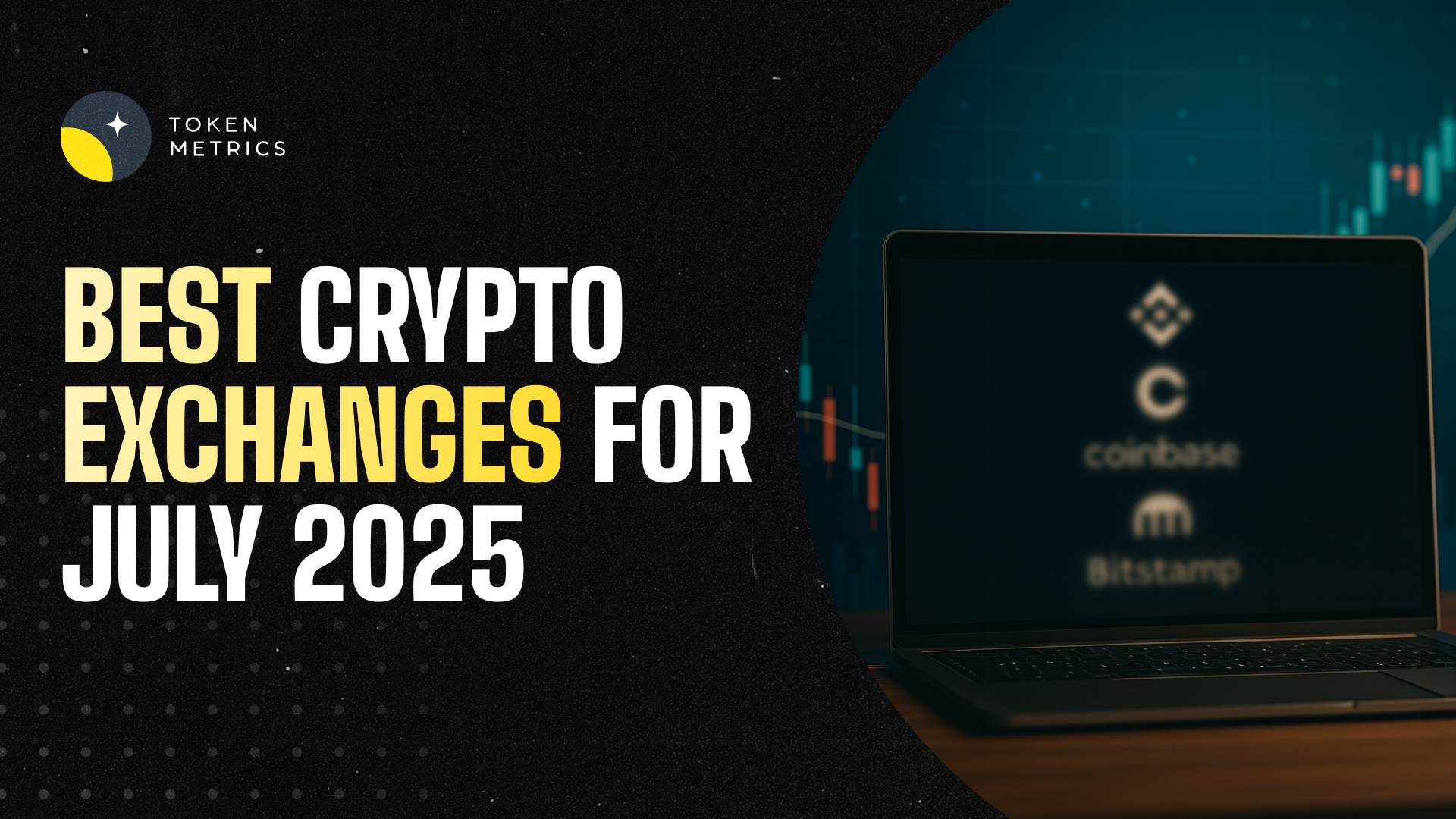
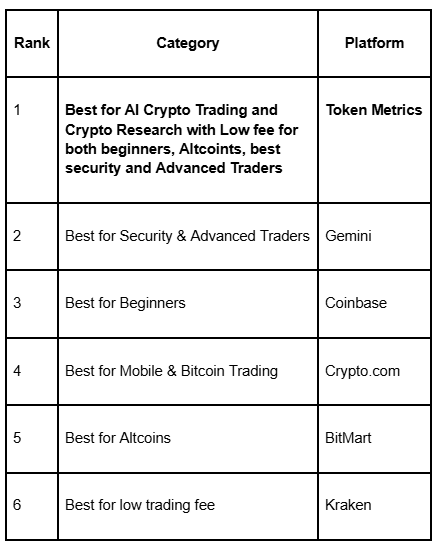








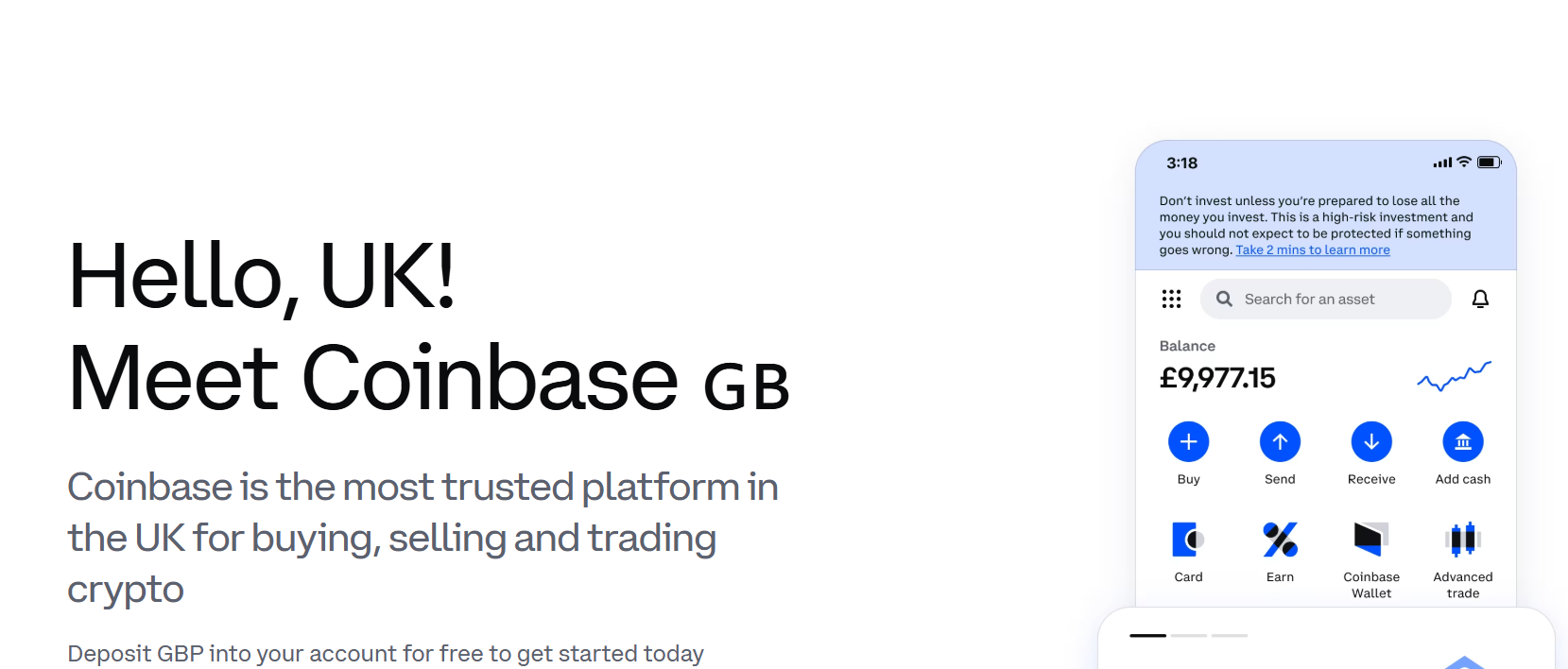
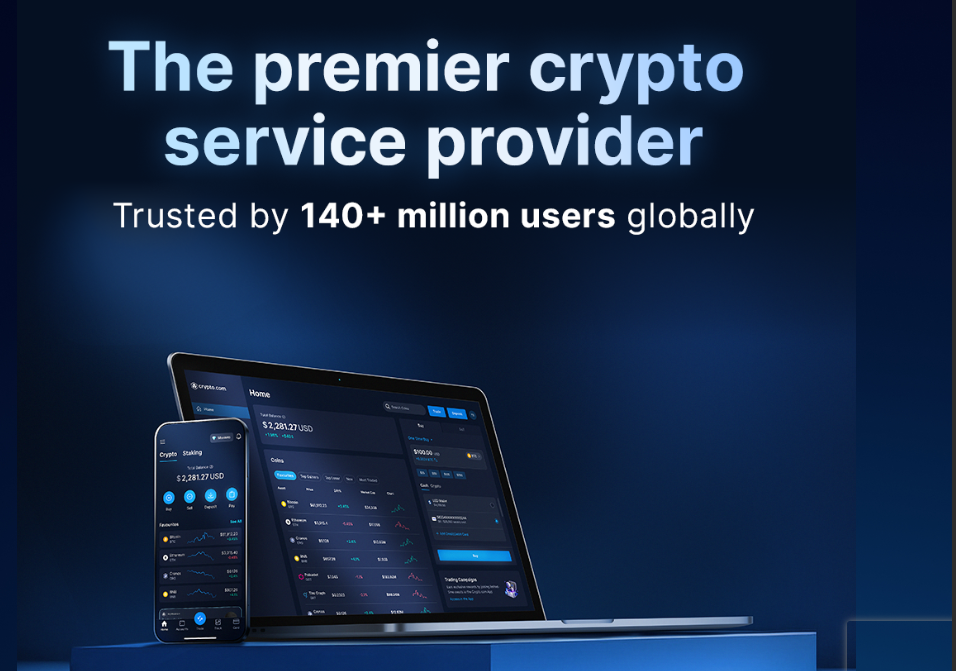
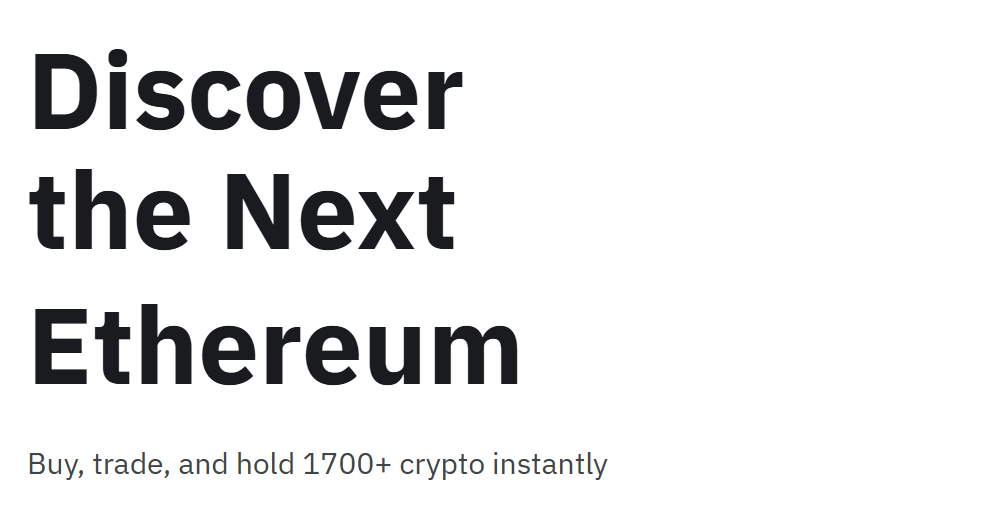
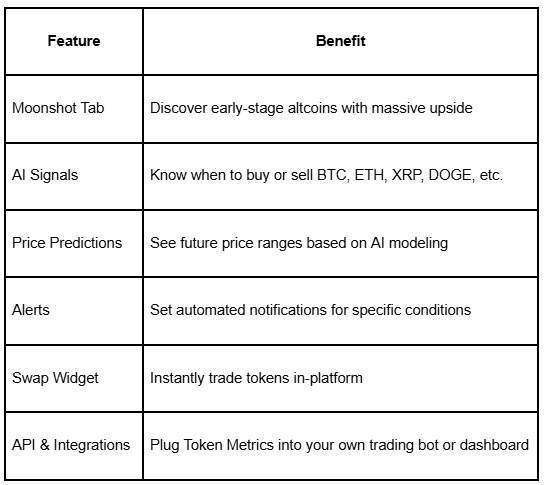
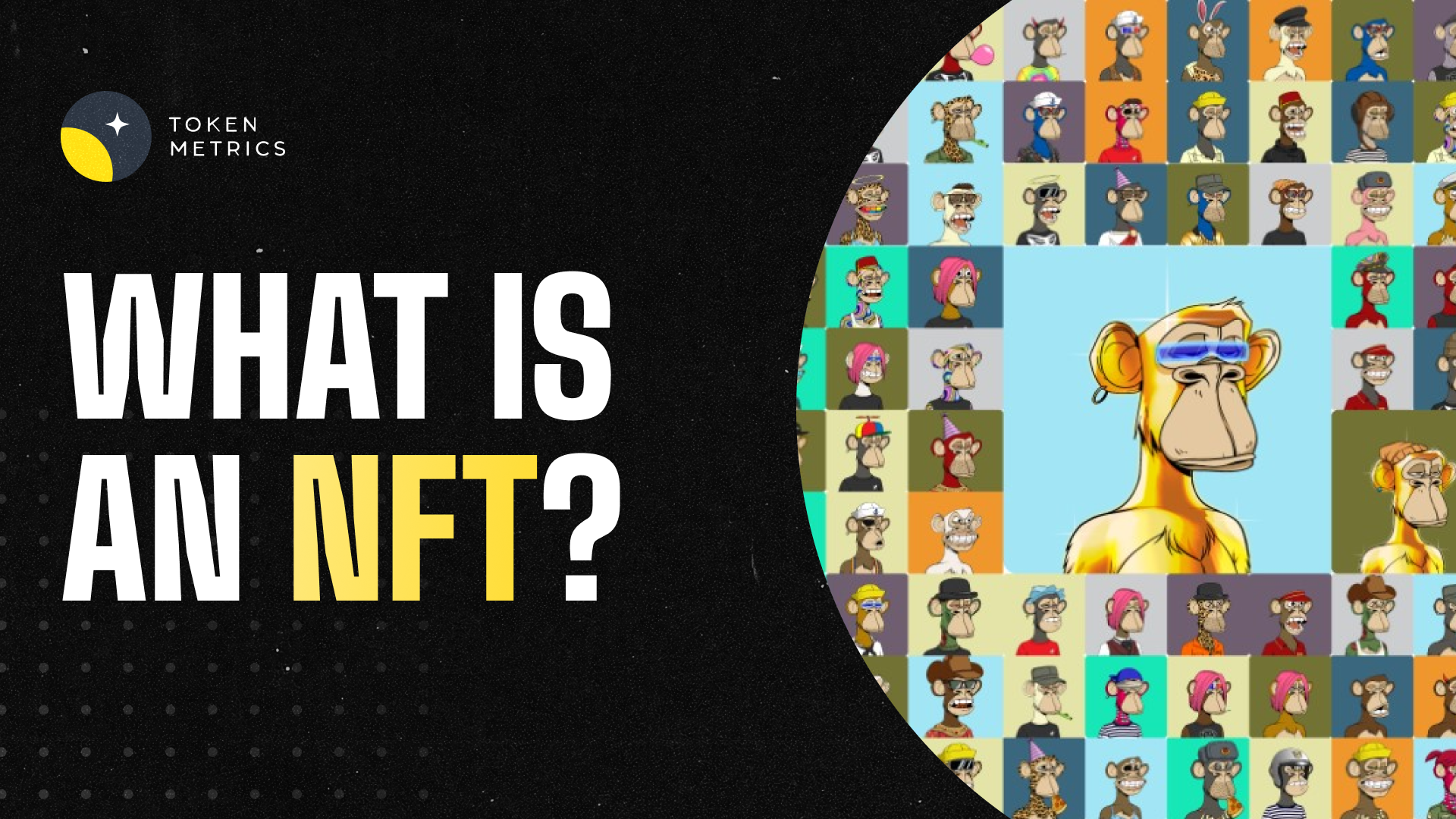

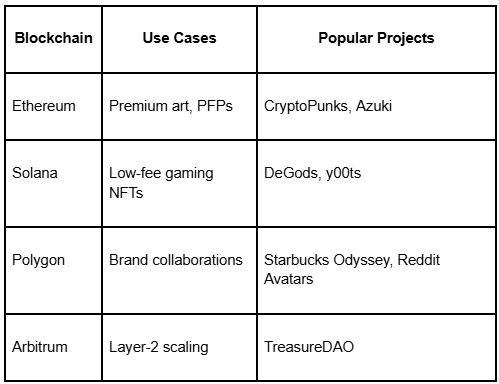
.png)







.svg)




.png)